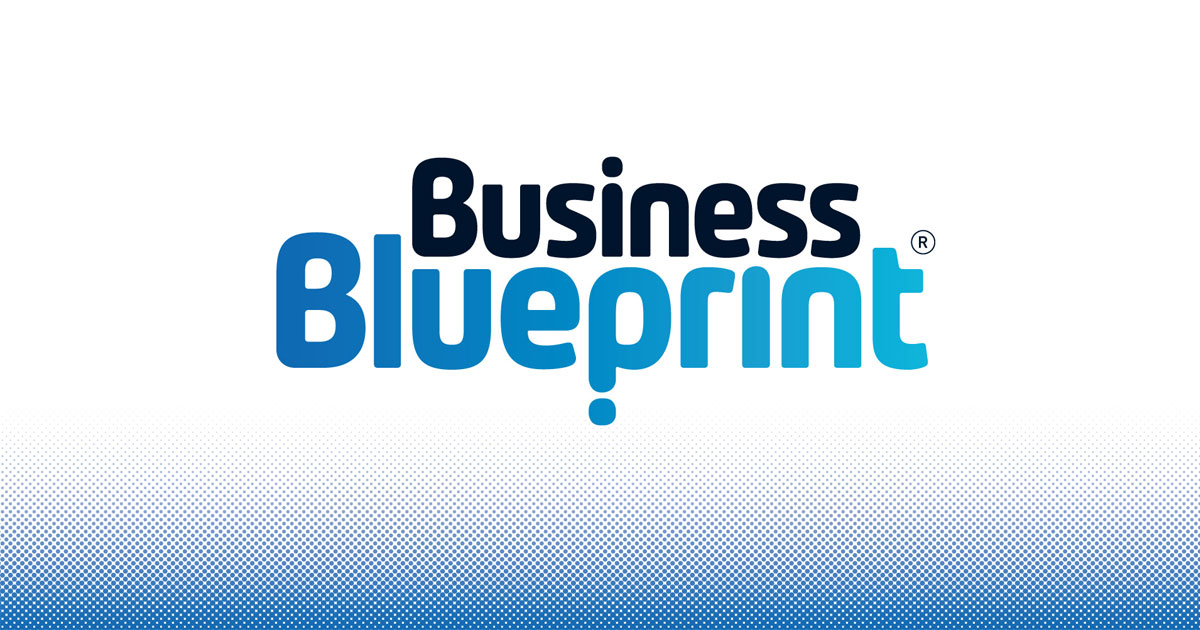Implementing change in any company can prove to be difficult. However add a resistant corporate structure to that and it could seem absolutely impossible. In this segment from an interview between Dale Beaumont and John Vamos discover some great change management tips.
Since starting Business Coaching Systems (BCS), John has become recognised as the pioneer of organisational coaching. John holds directorships in the financial services, management services and hospitality industries. He is also a leading commentator in the commercial press and has authored a book called You Don’t Think As Smart As You Are.
What are your top tips for a company trying to implement change in a resistant corporate structure?
Most of the time, the best solutions, strategies and ideas will come from the people within your business. It is a leader’s job to extract that information from the team.
Change management is a sociological challenge, not a commercial one. The strategies to apply to bring about change include:
- Knowing what is not negotiable – think about what you need the organisation to be and communicate clearly to your team what is not negotiable
- Design equals motivation – if it is negotiable then open it up to your people and make sure that your team have their fingerprints on the outcome. Remember that the second best solution designed by the team is better than the best solution imposed by the boss.
- Start with the end in mind – the journey will always be determined by the end. Your team will deliver at their best when they understand what it is supposed to look like at the end. For example, when we buy a piece of furniture from IKEA we will refer to the image on the box or cover several times while assembling the contents. While we read the instructions, it is common practice to still refer to the picture on the box to satisfy ourselves that we are doing the right thing.
- Constant communication – there needs to be a degree of high-level communication and it must be as constant as a dripping tap. Leaders should share what they are thinking, feeling, foreseeing and imagining. If you arrive home and there is an ambulance in your driveway, you generally do not think, ‘Oh, they must be collecting money for St John Ambulance’. On the contrary, you wonder if something terrible has happened.
In other words,without information, the first thought is always the worst thoughtThis is a natural human behaviour. It is not being pessimistic; it is a survival tactic that is in our synapses. Therefore if you don’t explain yourself clearly then your staff will make up the answer themselves.
The law of emotions in business – they will happen! And they are fuelled by what we suspect – not what we know. The degree of emotion you face in change management is inversely proportional to the amount of information you provide in support of the changed initiative.
For more of this interview and change management tips check out “Secrets of Top Business Builders Exposed!“





